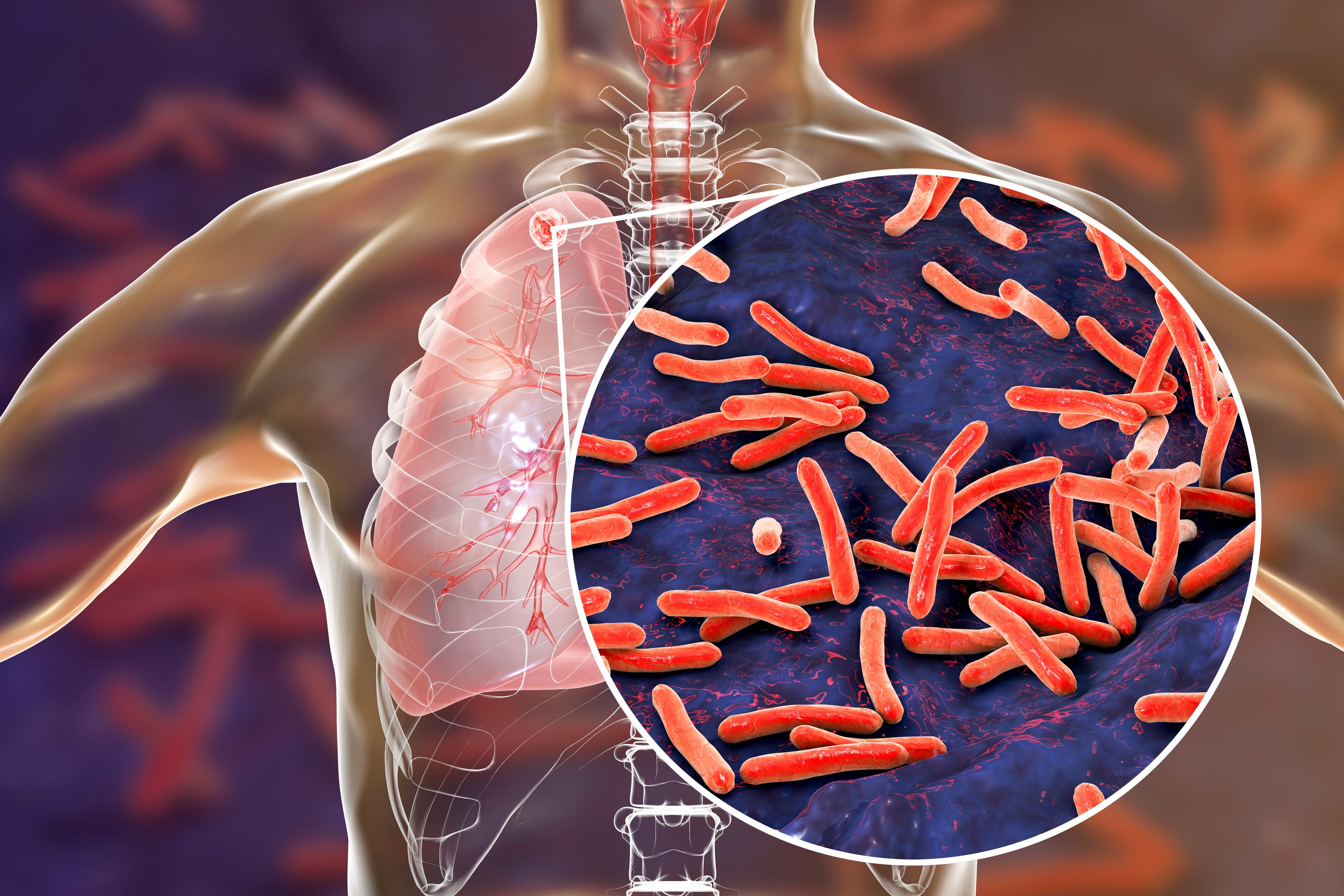Article Highlights
- A recent study led by Yvette Naudé of the University of Pretoria explored human skin volatile organic compounds (VOCs) as biomarkers for tuberculosis (TB) diagnosis.
- The research utilized comprehensive gas chromatography – time of flight mass spectrometry (GCxGC-TOF-MS) and chemometrics for noninvasive VOC analysis.
- The study identified 27 compounds associated with TB previously reported in other biofluids and 16 previously unreported potential biomarkers.
- Predictive modeling techniques, particularly artificial neural network multi-layered perceptron (ANN), revealed highly discriminatory compounds with AUROC of 92% for targeted features and 98.5% for untargeted features.
A recent study published in the Journal of Chromatography B explored a new way to improve tuberculosis diagnosis. The research team, led by Yvette Naudé of the University of Pretoria in South Africa, investigated the potential of human skin volatile organic compounds (VOCs) as biomarkers for tuberculosis (TB) diagnosis (1).
Tuberculosis is a contagious bacterial infection caused by Mycobacterium tuberculosis that primarily affects the lungs, but it can also have deleterious effects on other parts of the body. It spreads through the air when an infected person coughs or sneezes, which means that the spread of the infection is a legitimate public health concern (2). An individual with tuberculosis normally exhibits some of the following symptoms: persistent coughing; chest pain; weight loss; fatigue; and fever.
Although tuberculosis is a disease that is very curable, 1.5 million die from it each year, according to the World Health Organization (2). Most of those deaths come from low- and middle-income countries, and approximately half of all people with tuberculosis can be found in eight countries: Bangladesh; China; India; Indonesia; Nigeria; Pakistan; the Philippines; and South Africa (2).
What makes this study unique is how the team conducted VOC sampling. The researchers used various techniques in their study, including comprehensive gas chromatography – time of flight mass spectrometry (GCxGC-TOF-MS) and chemometrics, to conduct noninvasive analysis of VOCs. They also compared healthy individuals with those infected with tuberculosis by using untargeted and targeted biochemical screening (1).
The researchers attempted to see if a correlation did or did not exist between the compounds found in this study—1H-indene, 2,3 dihydro-1,1,3-trimethyl-3-phenyl, and heptane-3-ethyl-2-methyl, and those reported for tuberculosis from other biofluids (1). The analysis identified 27 compounds associated with TB previously reported in other biofluids, as well as 16 previously unreported potential biomarkers (1)
Using predictive modeling techniques, artificial neural network multi-layered perceptron (ANN), the two compounds were found to be highly discriminatory, with an area under the receiver operating characteristic curve (AUROC) of 92% for six targeted features (1). For untargeted analysis, ANN identified 3-methylhexane as the most discriminatory compound, with an AUROC of 98.5% for 16 untargeted features (1).
A unique aspect to this study was its methodology for skin sampling. Using three polydimethylsiloxane (PDMS) (silicone rubber) sampling bands per participant, the scientists conducted GCxGC–TOF-MS analysis on two of the three sampling bands, which gave them a total of 76 samples from 38 participants (1). These sampling bands were used because of their ease of use—they were portable and wearable, with its application not cumbersome for the participant (1).
The results suggested that human skin VOCs have considerable potential as a screening test for TB diagnosis, offering highly favorable diagnostic values compared to alternative methods such as breath analysis and GeneXpert (2).
By using GCxGC-TOF-MS, the research team examined predictive tuberculosis markers, discovering several unreported tuberculosis markers from human skin.
References
(1) Makhubela, P. C. K.; Rohwer, E. R.; Naude, Y. Detection of tuberculosis-associated compounds from human skin by GCxGC-TOFMS. J. Chromatogr. B. 2023, 1231, 123937. DOI: 10.1016/j.jchromb.2023.123937.
(2) World Health Organization, Tuberculosis. Available at: https://www.who.int/health-topics/tuberculosis#tab=tab_1 (accessed 2024-03-21).







